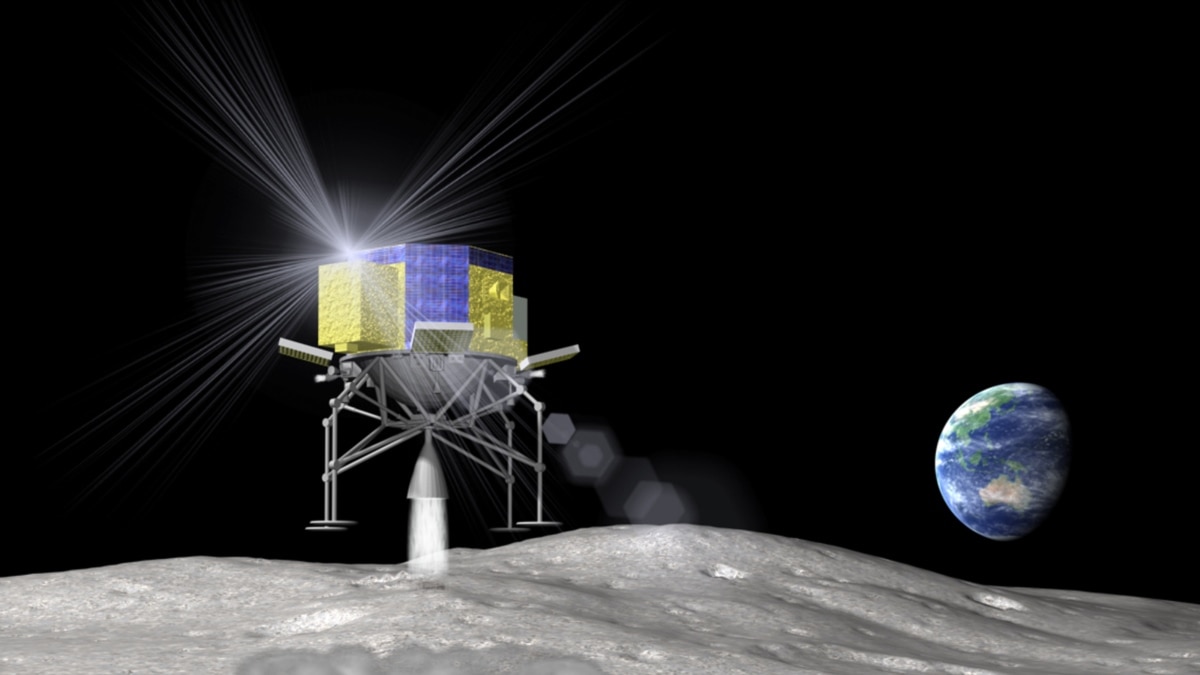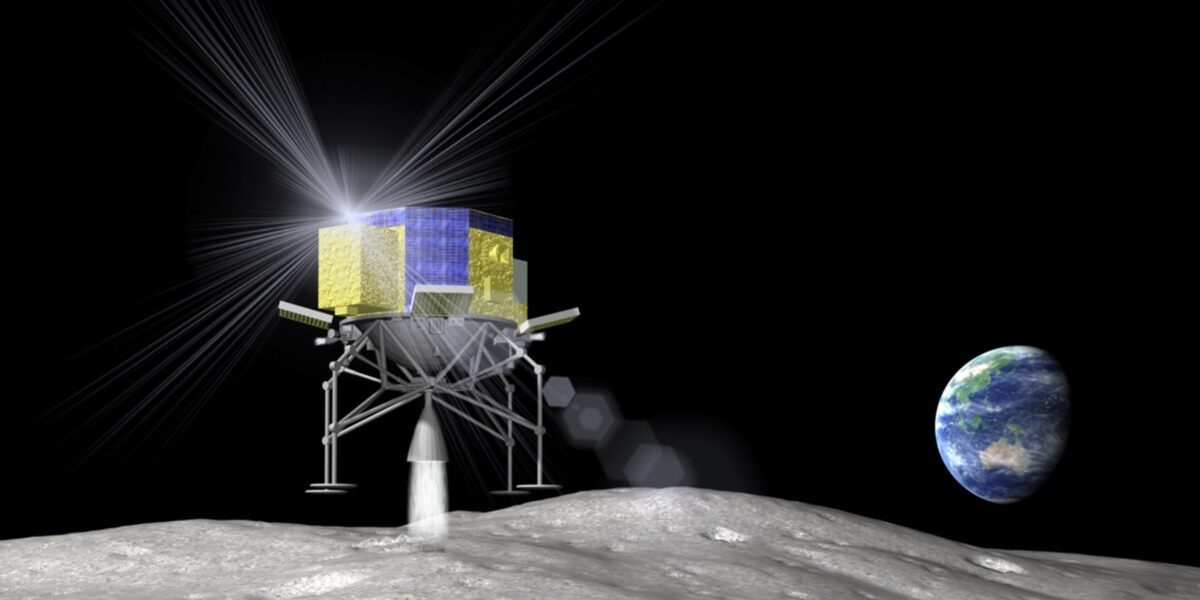
On Monday, Japan’s SLIM spacecraft successfully entered the moon’s orbit, marking a significant milestone in their efforts to complete the country’s first lunar landing. This achievement is anticipated to occur next month.
The spacecraft known as the Smart Lander for Investigating Moon (SLIM) has earned the moniker “Moon Sniper” due to its capability of precisely landing within a 100-meter radius (328 feet) of a predetermined location on the moon’s surface.
If the touchdown is achieved, Japan would become the fifth country to successfully land a probe on the moon, following the United States, Russia, China, and India.
According to a statement from the Japan Aerospace Exploration Agency (JAXA), SLIM successfully reached the moon’s orbit on Monday at 04:51 p.m. Japan time (0751 GMT).
The agency stated that the probe’s planned trajectory shift was successfully completed and there are no unusual conditions reported.
JAXA announced that the lander will begin its descent towards the moon at approximately 12:00 a.m. Japan time on January 20. It is expected to land on the surface 20 minutes later.
In September, the H-IIA rocket successfully launched from Tanegashima Island in the south, carrying the lander. The launch had been delayed three times due to inclement weather.
This month, JAXA announced plans for a “remarkably precise” landing on the moon.
The spacecraft contains a spherical instrument created by a toy manufacturer.
Slightly larger than a tennis ball, this object has the ability to alter its form in order to navigate on the surface of the moon.
According to JAXA, researchers have worked for 20 years to achieve a level of accuracy that was previously thought impossible. This is evident in SLIM’s reported margin of error of less than 100 meters, which is a significant improvement compared to previous probes that landed several or more than 10 kilometers away from their targets.
According to Shinichiro Sakai, JAXA’s SLIM project manager, as technology progresses, there is an increasing need to accurately locate targets such as craters and rocks on the moon’s surface. He shared this information with reporters earlier this month.
He stated that the desire to simply explore “somewhere on the moon” is no longer present.
Sakai expressed optimism that SLIM’s precision will simplify the process of collecting samples from the lunar permafrost, bringing researchers closer to solving the enigma of water resources on the moon.
The Japanese have experienced two failures, one that was public and one that was private.
Last year, the country unsuccessfully sent a lunar probe named OMOTENASHI (outstanding moon exploration technologies demonstrated by nano semi-hard impactor) as part of the United States’ Artemis 1 mission.
In April, the Japanese startup ispace attempted to be the first private company to successfully land on the moon. However, they lost communication with their craft during what they referred to as a “hard landing.”
Source: voanews.com




